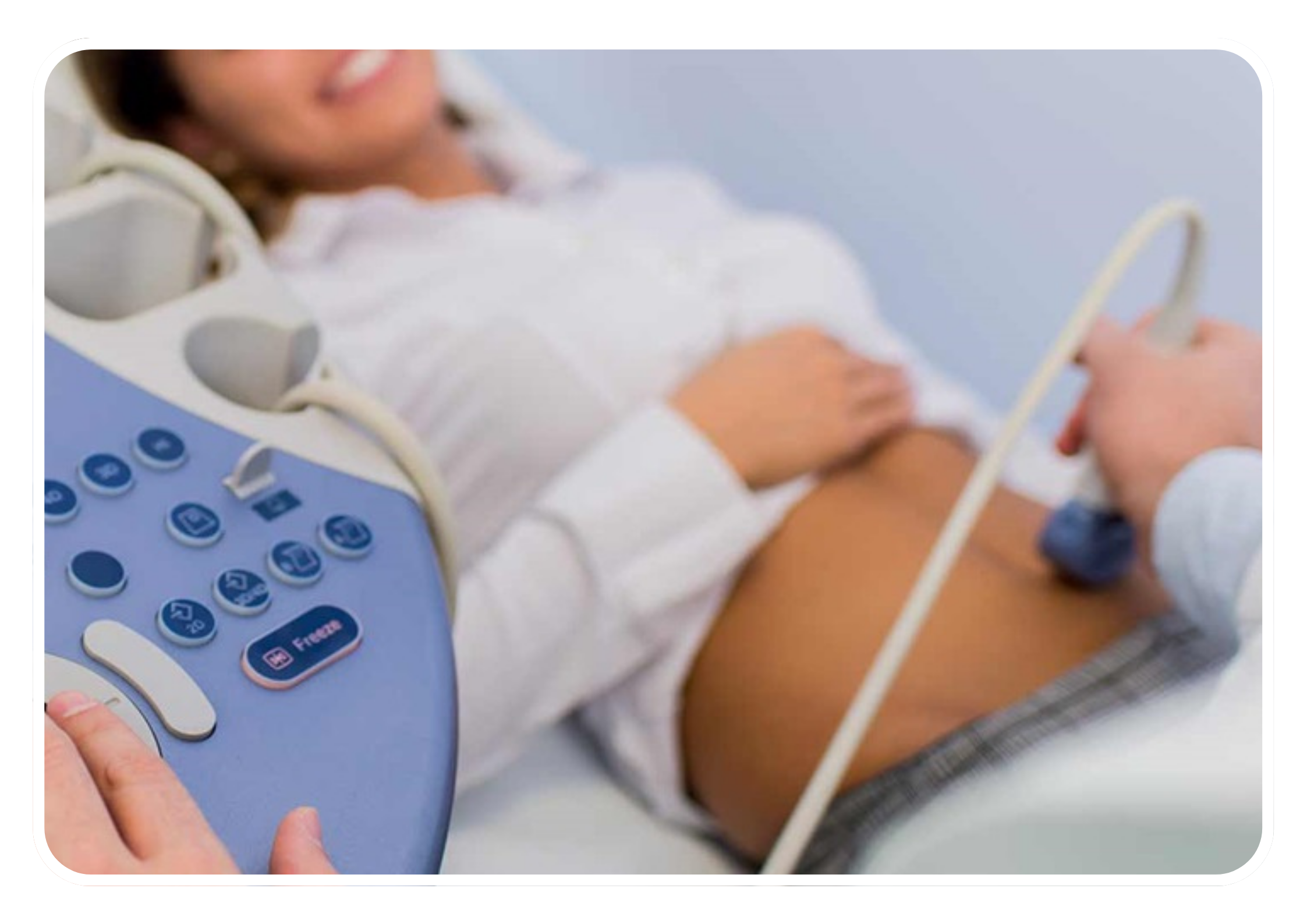Imaging Technique
Transabdominal sonography utilizes a handheld transducer that emits high-frequency sound waves into the body. These sound waves travel through the abdominal wall and are reflected back by internal organs, creating real-time images on a monitor. The images produced by transabdominal sonography are two-dimensional (2D) and provide cross-sectional views of the abdominal organs and structures.
Clinical Applications
Transabdominal sonography has a wide range of clinical applications in the assessment and diagnosis of various medical conditions, including:
- Abdominal Organs: It is used to visualize and evaluate the size, shape, structure, and texture of abdominal organs such as the liver, gallbladder, pancreas, spleen, kidneys, and urinary bladder. It can detect abnormalities such as masses, cysts, stones, tumors, and inflammation within these organs.
- Biliary System: Transabdominal sonography is commonly used to assess the biliary system, including the bile ducts and gallbladder, for signs of obstruction, stones, or other abnormalities. It can detect gallstones, bile duct dilatation, and signs of cholecystitis (inflammation of the gallbladder).
- Urinary Tract: It is utilized to evaluate the kidneys, ureters, and bladder for conditions such as kidney stones, hydronephrosis (dilation of the renal pelvis), renal cysts, urinary tract infections, and tumors.
- Pelvic Organs: In some cases, transabdominal sonography may also provide limited visualization of pelvic organs such as the uterus, ovaries, and prostate gland, particularly in individuals with a full bladder or specific clinical indications.
Procedure
- Preparation: Patients may be required to fast for a certain period before the procedure or have a full bladder for better visualization of certain organs.
- Examination: The patient lies on an examination table while a water-based gel is applied to the abdomen. The transducer is then moved over the gel-covered skin, and images are captured.
- Duration: The procedure usually takes between 15 to 30 minutes.
Interpretation and Reporting
The images obtained from transabdominal sonography are interpreted by trained healthcare providers, including radiologists, sonographers, or other specialists. They analyze the images for abnormalities, document findings in a structured report, and communicate results to referring healthcare providers for further evaluation and management.
Benefits
- Non-Invasive: No incisions or injections are required.
- Safe: Does not use ionizing radiation, making it safe for repeated use and for use in pregnant women.
- Real-Time Imaging: Provides real-time visualization, which is useful for guiding certain procedures such as needle biopsies.
Limitations
- Image Quality: Can be affected by factors such as patient obesity, intestinal gas, and the presence of large amounts of abdominal fluid.
- Field of View: May be limited in patients with large body habitus or in cases where the target organ is obscured.
Advancements
Recent advancements in ultrasound technology, such as 3D and 4D ultrasound, have improved the diagnostic capabilities of transabdominal sonography, allowing for more detailed and accurate assessment of abdominal structures.
Conclusion
Transabdominal sonography is a valuable imaging tool for the assessment and diagnosis of a wide range of abdominal and pelvic conditions. It plays a crucial role in clinical practice, providing essential information for patient management and treatment planning. With its non-invasive nature, safety, and effectiveness, transabdominal sonography remains a cornerstone in modern diagnostic imaging.

